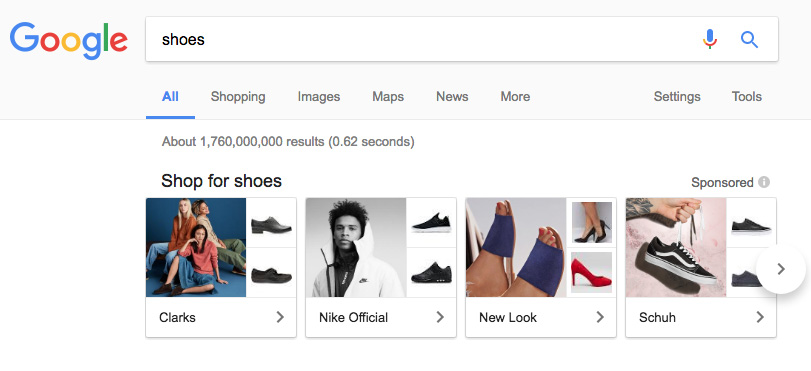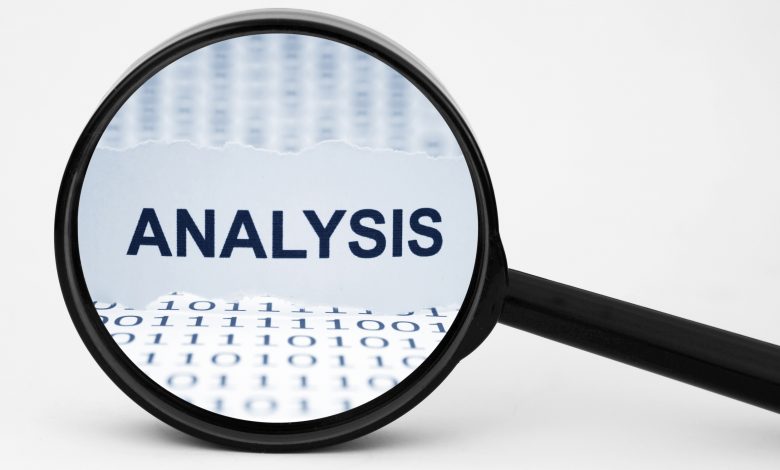Dubbed ‘Direct Marketing 4.0’ and ‘Data Directed Marketing’, smarter data insight is achievable if you follow that modern approach, says Phil Andrews. Here, he describes the process required to take advantage of real-time digital markets; combining the depth and rigour of direct marketing with the reach, personalisation and real-time dynamic approach of digital.
Predicting consumer needs, connecting the dots in real-time and offering relevant, rapid, non-intrusive communications is the ultimate brand sweet-spot. It’s about what is happening now, not what happened then. But you need to know who the customer is, where they’re going, what they’re doing and saying and to capitalise on that information – developing smarter data insight, at speed and at scale. This is true the world over.
Knowing your customer well enough to have a relevant conversation with them creates business success. However, there’s a fundamental disconnect between identifying customers and delivering relevancy.
This often results in the failure of current processes and technology to find, target and convince customers to buy. Global organisations are struggling as consumers have too many options. The communications they receive are often irrelevant, mistimed or on the wrong device. Marketers invest in technology to give them a better understanding of their target audience. However, tech is often disconnected, siloed and not able to look at the whole picture.
There is another way. An end-to-end process taking advantage of real-time digital markets. It combines the depth and rigour of direct marketing, and the reach, personalisation and real-time dynamic approach of digital.
If you defined direct marketing (DM) in digital today, it would not be siloed. The adage is that the DM discipline is about the right message, to the right person, at the right time, but now it’s about doing that at scale in an automated and intelligent way. This moves away from awful retargeting methods to pre-targeting and content-driven targeting at the point of consumer intent.
A better way is to use the content on the page, through machine learning and technology, to understand the most relevant message for consumers to insert into editorial environments. This can result in 15 times higher engagement rates. I call it Data Directed Marketing.
The driver is an algorithm, spinning at the speed of response, processing live and connecting dots in real-time to discover the triggers and levers that make the difference.
We start with data, not creative. The role of creativity in the process is still important, but it’s vital for creative to be driven by insight and data rather than assumption. Otherwise, brands veer away from strategic plans and fail to take advantage of real-time digital markets.
The process uses artificial intelligence and machine learning, but it’s still rooted in a discipline and belief in commercial success. The technology looks at the thousands of pathways in the customer journey and tracks them automatically, across every device. It considers how consumers come into an environment and the decisions they make, in real-time. Those decisions are coded and mapped, and content is served to drive conversion.
For example, if a consumer searches ‘shoes’, within minutes the world is selling them a pair. Our mission is to get there before that happens, using data to understand why that consumer needs shoes: are they going on holiday or planning a climbing trip? The brand can then serve content about climbing shoes automatically, before the sales environment.
It makes the sales funnel faster and more efficient, it allows brands to engage in content to reach consumers before the competition. A brand’s market share is grown at that point.
See, say, do: joining the dots for smarter data insight
For example, the principles behind Ignition D4’s model exists in three factors – what people see, say and do – and are then linked to what people buy. It begins with a four-stage process:
- Attribution
The process starts with the customer journey and identifying event triggers to understand the value of exposures. This allows us to predict the value of the contact with a person by creative type, in different environments, in real-time.
- Machine learning
The technology identifies the needs, actions and best messages for each potential interaction at each touchpoint. Dynamic content optimisation can be used to tailor an automotive banner ad, for example. The content of the ad can be adapted to reflect the needs and desires of the consumer, such as safety versus performance based on what we know and the outcome we seek.
- Creation
By tapping into personal passions, content creation can be relevant and personalised. That doesn’t have to be about making five billion versions, but perhaps many macro pieces that are identified in the desired consumer, with hundreds or thousands of personalised variations automatically served. Thus, we can ensure the right person got the best possible message.
- Activation
This might involve sitting and listening for a trigger. A brand could wait until someone lands on a particular piece of content or exhibits particular behaviour – or buy an audience en masse for the coverage, but bid for it dynamically at an individual level. It’s all managed in real-time across any touchpoint, in owned and paid for channels, thus truly integrating digital advertising channels with the more traditional direct channels.
Our proprietary approach – I listen, I see, I do – helps brands identify their next customer in real-time. Accurately finding and communicating with this next customer isn’t as simple as demographics, or even psychographics.
It involves collecting, organising and matching the brand’s different data-sets to Ignition D4’s data. It includes a whole world of rich lifestyle data and social identities, email addresses to old-school telephone numbers.
This is used to provide a holistic view of an individual’s characteristics with pinpoint precision, using AI to continually learn from every interaction and deliver content across devices in powerful moments.
Get smarter data insight via effective technology
Luxury holiday brand Mr & Mrs Smith achieved a 30% uplift in revenue using this approach, with a campaign that connected content, email, customer service, press and direct marketing. The brand had a complex infrastructure and numerous pieces of technology to collect data, but it was by using our tech that it was able to use it more effectively.
Data was collated, consumer pathways analysed to attribute all activity, and – using machine learning and AI – e-planning tools were created based on predicted behaviour. The brand can now understand which content is creating intent and the messaging that delivers sales.
The world of marketing is firmly back in the heartland of direct. Welcome to Data Directed Marketing.
Read also:
Online marketing science – changing billboards to banners isn’t enough
Digging into big data: how deep learning can unlock marketing insights






Leave your thoughts